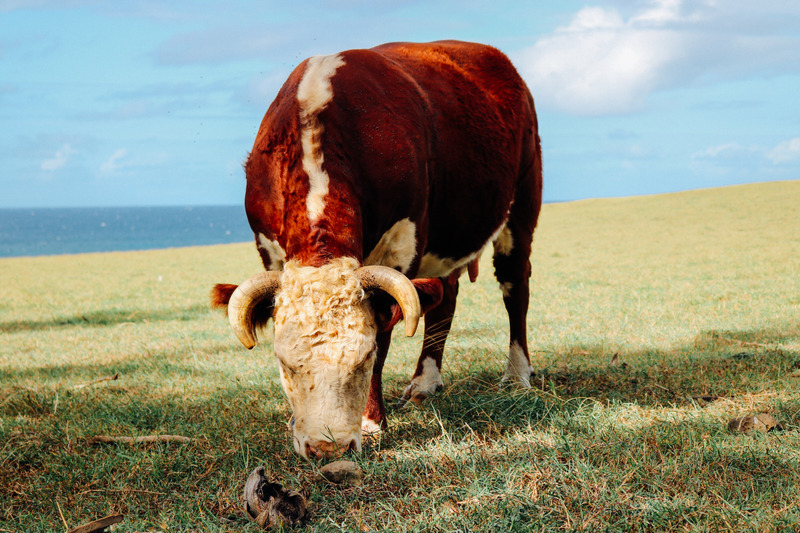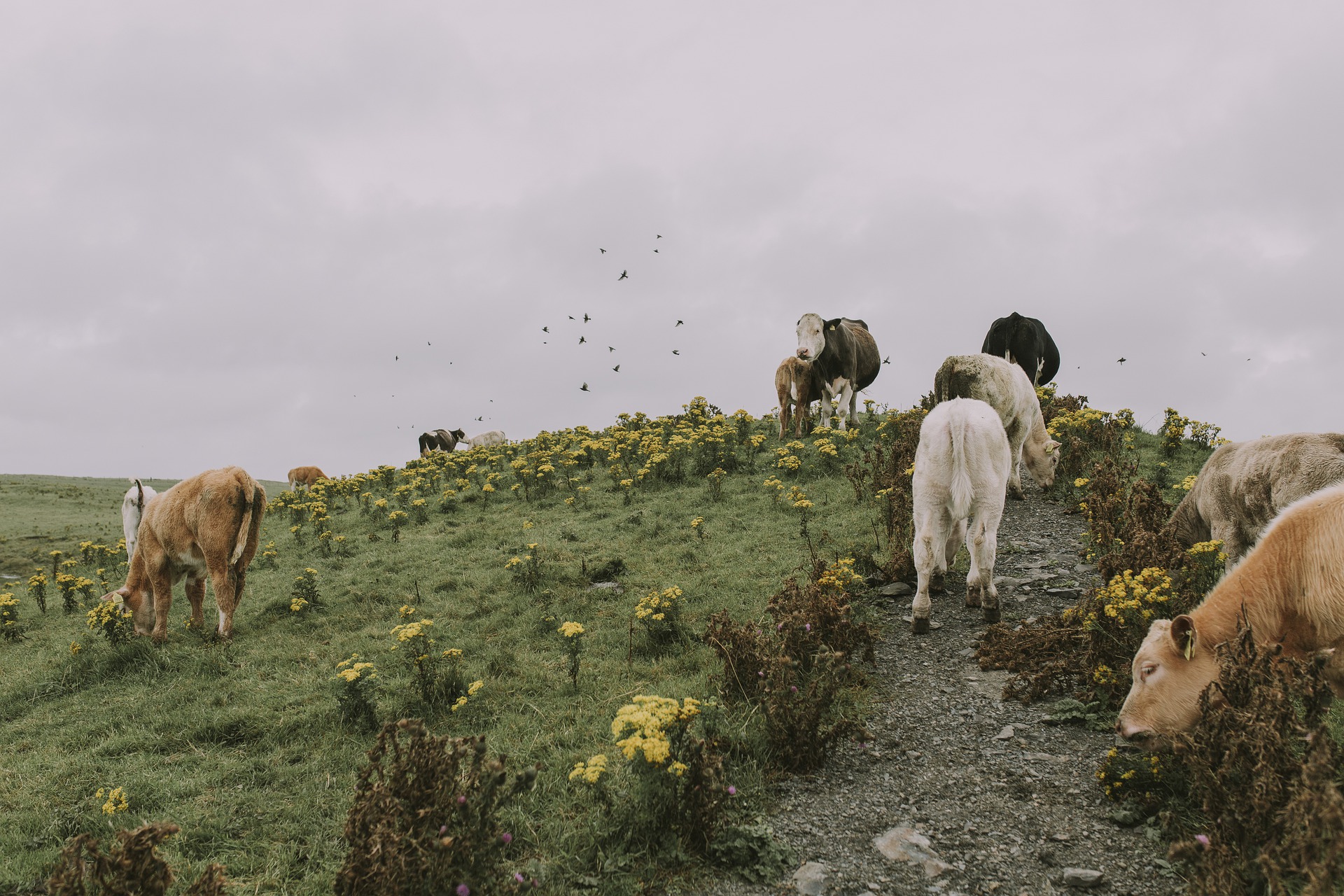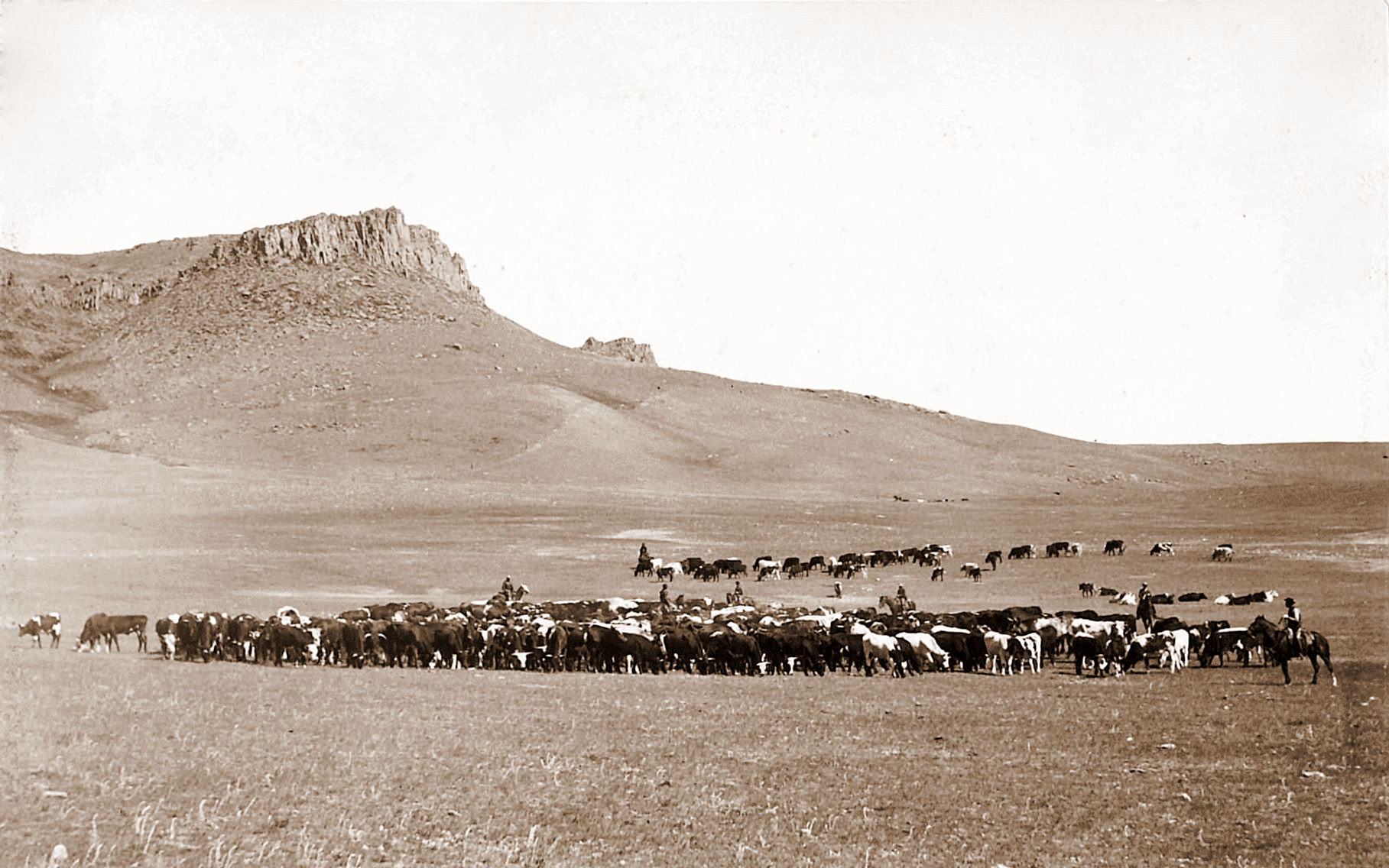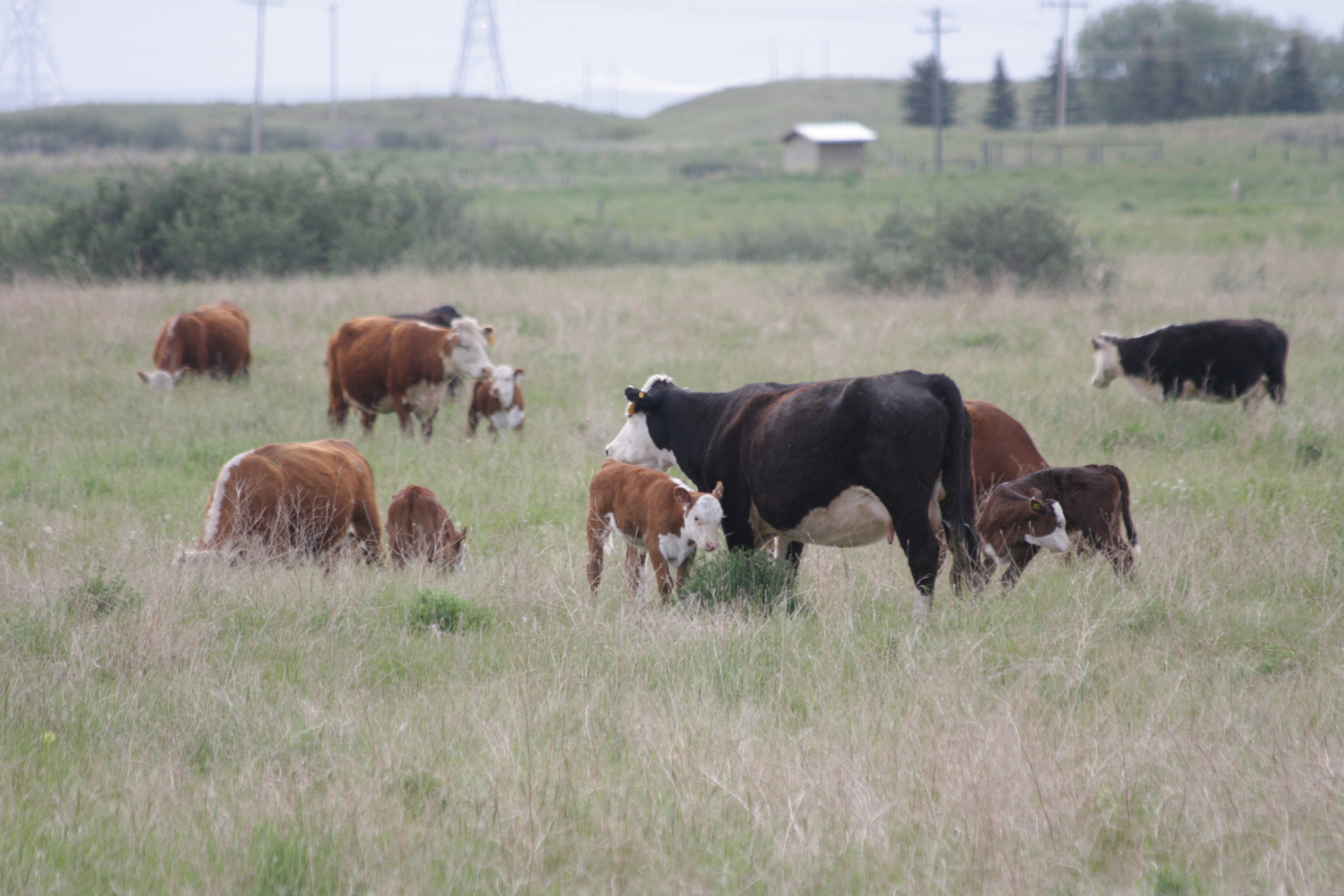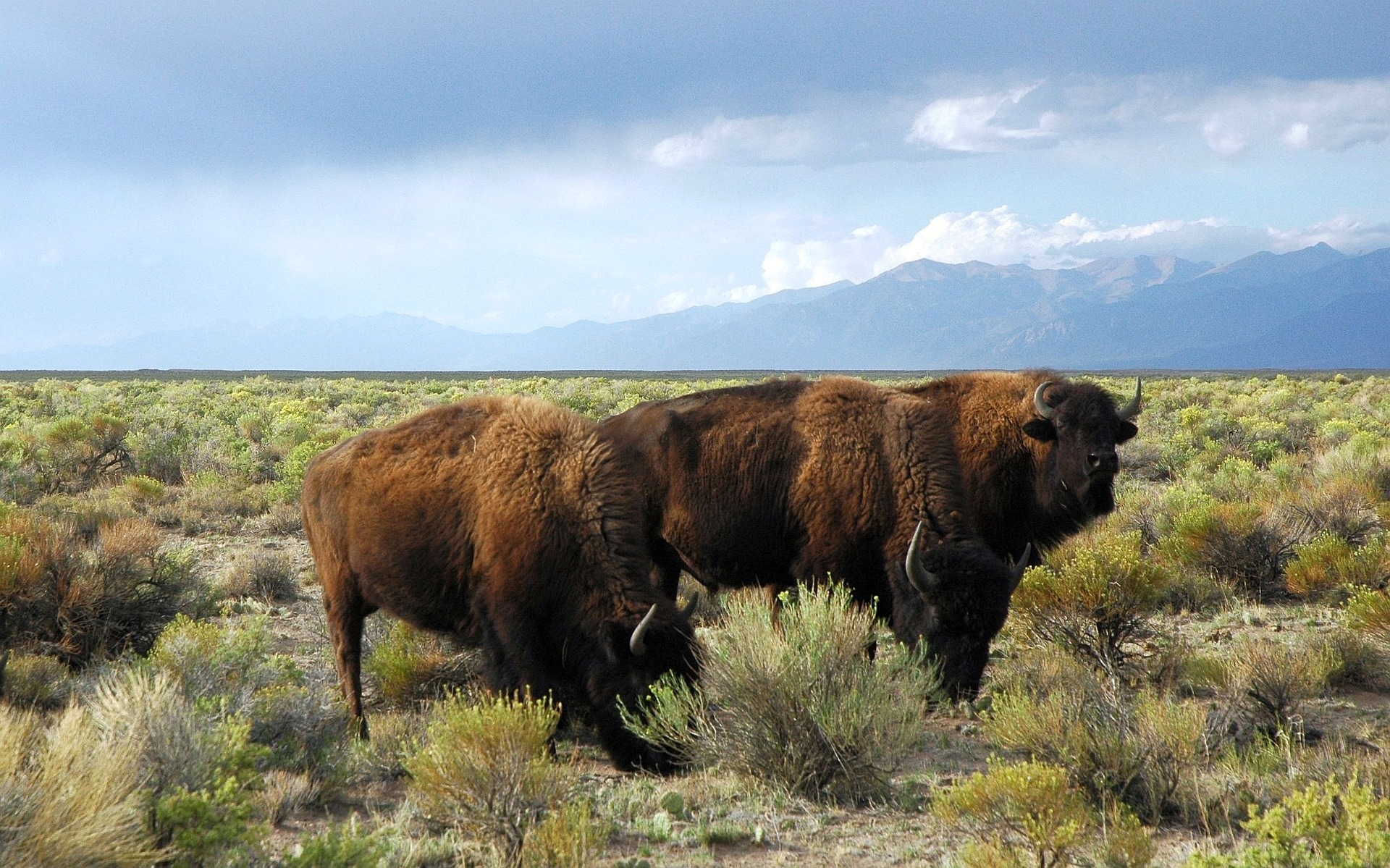GRAZING RUMINANTS: MYTHS & TRUTHS
HOW TO OVERGRAZE 101
Dictionary definitions are one thing, but seeing it happen on the landscape, or seeing the results are quite another. Truthfully, the popular, well-known definitions don’t do justice. They ignore one crucial concept: time.
A Mistaken Belief
Too many animals on the landscape.
This is the classic and well-known definition of overgrazing. But is it correct?
It depends on which dictionary you use. Some still support this terminology, while others have revised it to:
… to allow animals to graze an area to the point of damaging the vegetative cover.
We’ll see below which one has mistakenly defined overgrazing.
It’s An Ancient Practice
Overgrazing has always been a human-created problem. It began when key species of grazing animals–cattle, sheep, goats, horses, and camelids–were domesticated and managed by humans. Humans became the “predators” for these animals, as opposed to the natural ones for other wild ruminant herbivores.
It’s the term that is fairly new, invented and gaining traction since the late 19th century. But overgrazing itself is ancient history, not being identified as a key environmental issue until recently.
Overgrazing first started in Eurasia and Africa, then moved to the Americas with the Spanish conquistadors and white settlers bringing in their European livestock. It went largely ignored until after the extirpation of the American bison and the infamous dust bowl of the Dirty ’30s.
After legislation was put in place to control stock numbers (more on this soon) in the American West, such same observations of the widespread land degradation caused by sheep and cattle grazing was noticed elsewhere in the world.
These observations seem to have culminated into the mistaken belief that if there are too many animals on the landscape, the land is being overgrazed. According to the government experts and range scientists of the past who invented the concepts of “stocking rate” and “carrying capacity” and the creative means to calculate them, this was fact.
Their research showed that rangeland recovered successfully if animals were all but completely removed from the area.
However, new research has shown that range degradation has not slowed nor reversed with the removal of grazing animals, regardless if they are wild or domesticated. This is because it finally recognizes that the old range science missed two crucial factors: Time and “Brittleness.”
Time, in that recovery from grazing is only temporary. Plants still die, and grass cannot shed its own leaves unlike trees. Brittleness, in that arid environments operate much differently from humid environments. Where [soil] biology is active during short windows throughout the year in arid or “brittle” environments, biology is almost always active throughout the year in humid, “non-brittle” environments.
[Soil] Biology is what’s needed to [biologically] decompose dead plant material. Without biology, it sits there chemically breaking down, slowly snuffing out any opportunity for new plants to take over.
See the buttons below for more information on brittleness and time as a factor in regenerative grazing (pages currently in progress, buttons not yet live).
How to Overgraze
It’s amazing how history can be used to support a belief. In North America, especially, the belief that overgrazing is a function of too many animals on the land has been supported by the historical documentation of the damage that was caused by cattle grazing as large herds of cattle were gathered and driven north and east after the US Civil War (post-1865), as well as the proceeding permanent establishment of cattle ranches to the West. It’s very likely that ecological damage was already seen prior to that time, recognized by only a few.
Just as amazing is the ability for people to equate correlation with causation. In other words, they see lots of livestock on the land and assume that this observation means more forage is being removed, resulting in environmental degradation. Thus, if there are fewer animals on the land, more forage can be made available as a result, and the degradation caused by the animals will be reversed.
As we’ll see later, these observations are primarily based on the knowledge of “non-brittle” (as opposed to “brittle”) environments that, with sufficient rest, the land will quickly bounce back and produce more forage.
Therefore overgrazing is, by popular belief (and the aforementioned dictionary definitions), defined as being a function of “too many animals” on the landscape. As mentioned, the belief is that too many animals on the land correlate with serious environmental degradation.
This narrative has been supported by numerous studies–peer-reviewed or otherwise–that documented and conducted research on the effects of cattle grazing on land, usually by comparing the biology within long-term grazing exclosures with that of the surrounding grazed area. Most researchers have been able to conclude that the concept of the number of animals on the landscape is an environmental issue that must be dealt with. The development of “stocking rates” and carrying capacity was developed to better measure and provide recommendations about the number of animals that should be on the land, based on forage availability and pasture size.
Unfortunately, this has never solved the overgrazing issue, nor been a replacement for the elephant in the room: poor management. As a matter of fact, the concept of stocking rates actually supports the so-called “lazy rancher’s” way of grazing cattle, which is set-stock continuous grazing. If all you’re concerned about is the number of animals that a piece of land can “safely support without degrading the resource,” then all you need to do is put that particular number of animals into that pasture and just leave them be for a few months.
Until now, researchers have not been able to explain why, despite continually reducing the number of animals on the land to zero, the situation in brittle-tending environments has only gotten worse, not better; the theoretical reversal of land degradation in the absence of livestock has not occurred (again, emphasized in brittle-tending environments, not less brittle ones). Blindly, they’ve continued to believe that livestock are to blame, not management itself.
(In non-brittle environments, land degradation didn’t show up necessarily in terms of soil erosion, but rather the increased presence of perennial invasive weeds, soil compaction, poor forage productivity of pastures, and inability for plants to remain green, despite the grazing, throughout the growing season. Again, livestock themselves get the blame for such issues, not the management.)
These observations are why governments have maintained a livestock-prohibition policy on millions of acres of public lands and natural national/provincial/state parks. Many such areas in North America have kept such legislation for decades; few for over a hundred years. It’s a form of “protectionism” that has good intentions, but the consequences observed have been nothing short of disappointing.
Fortunately, ranchers have continued to fight these policies, using their own ranches and land management practices as an example of how livestock are not the problem. Also promising is the recognition by more and more of these ranchers that continuous grazing is a problem as opposed to management practices that promote moving animals regularly as a herd, and not when animals have left nothing but bare soil behind!
Environmentalist anti-livestock groups are pushing for governments to do more: to have a complete ban of cattle grazing on all public lands, especially in the arid Southwest of the United States.
Yet, the lobby groups readily deny these findings and facts, continuing to lean on the dogma that cattle grazing is bad, no matter what. They level blame towards ranchers for the push-back against their views, falsely claiming that such opposition is a matter of favouring profits over sustainability, and guaranteeing they’ll get their government “welfare cheques” on a regular basis.
Unfortunately, there is also push back from various producers against improving their management practices beyond what they already know and are comfortable with. However, as more ranchers adopt better management strategies, more of these producers are sure to follow suit.
More research and anecdotal observations have also found that correlation does not equal causation: overgrazing, as a matter of fact, has nothing to do with too many animals. Instead, ranchers, grazers, researchers, scientists and pastoralists are finding that overgrazing is a function of time, which is heavily influenced by how livestock are managed.
Set-stock continuous grazing is called the “lazy rancher’s method” of grazing because it means a small, set number of animals are allowed to graze a large area of land, based on estimated forage availability for a set amount of time.
For example, a 100-acre pasture is predicted to only have enough forage to support 50 cow-calf pairs for one month, or 25 cow-calf pairs for four months, give or take two or five pairs depending on their size (larger-sized animals need more land). If that 100-acre pasture is observed to be in poorer condition than the previous year, then the newly calculated stocking rate for the year, for the set four-month grazing period, may reduce the number of cattle to only 10. But there’s one major problem.
Fewer animals on the landscape do not mean a reduction in overgrazing! Those animals are still going to find their favourite patches to graze, and stick as close as they wish to any water and/or mineral sites. They will never spread themselves out evenly and carefully select each plant to eat. No grazing animal ever “uses” land evenly, no matter how few or many there are.
As a result, such animals are not limited to returning to their favourite grazing areas on a regular basis, usually before plants have a chance to recover. Also, if there are areas where they should graze, but don’t, they’re not given any incentive to go graze those areas.
Animals (cattle especially) are limited in how far they can range based on distance from water and mineral sources, location of favoured rendezvous points, and safety with their herd. Genetics predispose certain animals to stick to the lower valleys versus heading up to higher elevations. Cattle also don’t have the drive to travel long distances when compared with bison. Finally, a combination of lack of knowledge in sticking together as a herd as opposed to spreading out over Hell’s half-acre due both to genetic selection and past efforts to eradicate natural predators (in a North American context) also limits ho and where livestock are able to graze.
To add to the contentious debate about overgrazing is how wildlife is supposedly equally to blame for overgrazing.
If we compare wild grazing ruminants today to that over 200 or 300 years ago, we could safely assume that overgrazing wasn’t an issue. The reason is that they had enough predatory pressure to have the desire to move on to new grazing grounds, to keep in dense herds, and never stay in one spot for long. Even if a great herd remained for a period of time for there to be severe grazing (different from overgrazing), they still supposedly had the innate, generationally-implemented knowledge to not return to these areas for many months.
Today, it’s a different story. Land fragmentation and past history of overhunting of both wild herbivores and predators have drastically changed the patterns of movement and behaviour compared with their natural history.
Wild herbivores can’t help but overgraze now. We, humans, have created the environment where bison, elk, and other grazing animals have nowhere else to go except where we humans have designated they should remain.
Ironically, many people do not recognize these animals’ capacity for being nearly equally as guilty of overgrazing as cattle are. Romantic notions of bison herds cannot realize that the bison of today have lost the learned knowledge their ancestors used to know before they were extirpated for the sake of European western expansion.
Then there’s the can of worms regarding the “wild” horses versus cattle grazing. I don’t have enough room to go into that here, however, another page has been created (not yet) discussing that highly controversial topic.
What Does Overgrazing Actually Mean?
So, what really is overgrazing? How is it a “function of time?”
Here is the proper definition:
Overgrazing is the act of animals coming back too soon before plants have had time to recover from being previously grazed.
It should also be called “grazing of the roots.”
A plant’s energy, when it first emerges into spring, is put into putting up new leaves. Once enough leaf area has emerged and is photosynthesizing to optimum capacity (while still growing a few leaves, depending on the species), the plant shifts its energy into producing more roots and storing energy there. It does so to prepare itself for dormancy and to put resources into flowering and making seeds.
When an animal comes along and eats that plant (let’s assume before flowering), and bites it right down to only a couple inches of stubble, the plant now has to go back to square one: divert energy into regrowing its leaves. This energy must come from what has been stored in the roots. If the animal only took some of the leaves, and there’s enough remaining to continue photosynthesis, then the plant doesn’t need to draw much energy from its roots as it must from its remaining photosynthesizing leaves.
As a result of this plant “predation,” some of the root mass also sloughs and dies off. At some point, those dead roots need to be replaced. Normally, with adequate time, the roots eventually get replaced when the plant’s leaves have grown back.
But what if those roots don’t get a chance to grow back? What if the animal comes along again and takes some more leaf material as the plant is trying to recover from the previous grazing?
Two things happen: more roots are sacrificed. And, the plant must pull more energy from what little remains in the root crown, roots, and stem base.
Repeated defoliation (or “plant predation”) eventually kills the plant. It cannot get more energy when its energy resources are fully depleted after trying over and over again to regrow. If daughter tillers aren’t there to replace the parent plant, nothing will, resulting in a tiny patch of bare soil that grows and grows the more that animal is allowed to overgraze those plants. In less brittle-tending environments, that patch of bare soil is often taken advantage of by annual or perennial weeds such as dandelion, Canada thistle, ragweed, and other undesirable species.
The way that overgrazing is a “function of time” is very simple.
It takes TIME for plants to recover, regrow, and put energy back into their roots.
How long it takes for plants to fully recover depends on how much soil moisture is available to them, ambient temperatures, the time of year, and most importantly, how much herbage the animals were permitted to remove, soil, and trample.
As such, grazers need to keep animals off previously-grazed areas for a certain period of time.
Basically, the more herbage that animals removed and damaged via eating and trampling, the longer the recovery period will be. Temperatures that are hotter or colder than what plants will tolerate also lengthen recovery periods. Finally, insufficient moisture will also increase recovery time compared with ample moisture availability.
How to control animals’ movements so that they don’t overgraze? There are three ways to do so. Either by fences, setting up strategic water and/or mineral locations, and/or utilizing proper stockmanship practices as taught by the likes of (the late) Bud Williams and by Steve Cote, among other practitioners.

